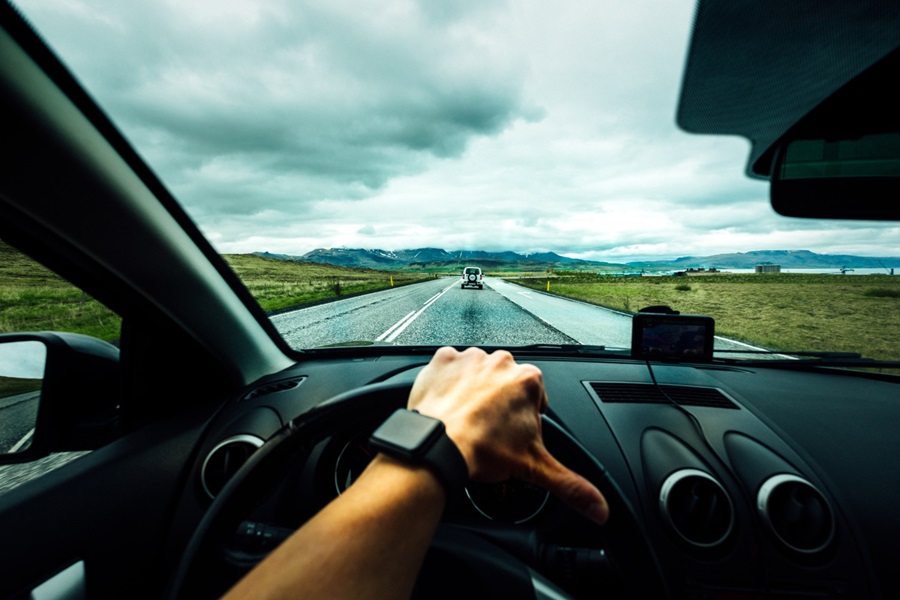The automotive sector is clearly one of the industries that has been most extensively disrupted by emerging technologies in the last couple of years. There’s not only the rise of hybrid and electric vehicles and the augmentation of intelligent car systems and digital features, but the biggest disruption has come from external factors: new mobility trends and behaviours are developing around the world, trending towards a sharing economy instead of personal car ownership. And with millennials growing into the target group of new car buyers, brands are facing a generation with less disposable income and greater demand for sustainability.
All this has clearly affected the way automotive brands do marketing as well – but what does an effective touchpoint mix look like, given this background of a fundamentally changing market environment?
Drive exposure in the right spot
Kantar’s research shows that non-paid touchpoints generate 73% of brand impact in the automotive industry. As in most other industries, recommendation with friends/family plays a huge role, but experiential touchpoints are the main drivers of brand growth: Street presence is the top touchpoint for automotive brands, and the personal experience with driving a car, test driving events, car sharing and car rentals are also key. It’s therefore most crucial for car brands to be visible outdoors, in the streets – with the right models, in the right places for the right people.
And it’s not only the physical presence outdoors that pays off: Looking at paid media channels, outdoor advertising also plays a more important role than in other industries. It has significant impact on all brand metrics with only modest spend, making it comfortably the most cost-effective channel. Static media formats in general clearly work well, as print advertising is also powerful and cost-effective, especially in synergy with other channels. In terms of scale, TV is the major contributor within paid media impact, but its high share of spend means it is actually the least cost-effective channel.
Overall, traditional advertising impact in the automotive industry is still significant and above average compared to other industries. This focus on traditional media should be maintained in order to stay relevant to the core target group, which is rather conservative in their media consumption behaviour, especially for established brands.
Intertwine online and offline journeys
As digitalisation continues and “digital natives” grow into the core target group, more decisions will be made during the digital part of the journey. Currently, digital touchpoints generally provide less impact in automotive compared to other industries. The most impactful digital touchpoints are owned (e.g. car websites) and earned (e.g. test report blogs), while paid online media like Facebook and Online Display seem to be slightly overinvested and under-delivering. Digital channels should therefore not be limited to the action of selling cars but must be cleverly integrated and executed. It’s crucial to make owned digital channels something customers want to view and spend time in.
In the later stages of the customer journey, showrooms and car dealership visits are currently the most crucial moments. Car dealers play a special role, because they can deliver high synergy effects with all other touchpoints. Catering to new expectations, car brands' configurators and automotive forums will clearly become more important in the future. This does not mean that the role of the car dealer is undermined by digital, but car brands need to reinvent the role of the dealer using digital assets and integrations. Amplifying the online to offline journey should be a core focus for all customer experience leaders of the industry, in order to leverage the best of both.
Prove sustainability and originality
Ultimately, however, automotive brands need to utilise their touchpoints in a holistic manner, to convey what their brand stands for – and a key strategic priority behind the background of growing concerns about climate change and environment protection is sustainability. One of our automotive clients nicely demonstrated the value of carefully picking the right touchpoints for the right content: they wanted to prove that their native content campaign created the perception of the brand being a pioneer in sustainable innovation. The research, fusing Kantar’s Context Lab with neuroscience technology, revealed that the campaign drove brand impact and purchase consideration, generating double digit lifts for the brand being seen as an industry leader.
Overall, in order to secure a role in the mobility landscape of tomorrow, automotive brands need to coexist within the increasingly fluid connectivity and sharing environment and prove that they are proactively tackling the upcoming challenges. They must seize the moment to position themselves as a strong link in the transportation chain, by exploring smarter ways to stay relevant at crucial moments. And all this need to be cleverly accompanied by a holistic touchpoint strategy, that is well-integrated across various online- and offline channels, as well as owned and earned touchpoints.

